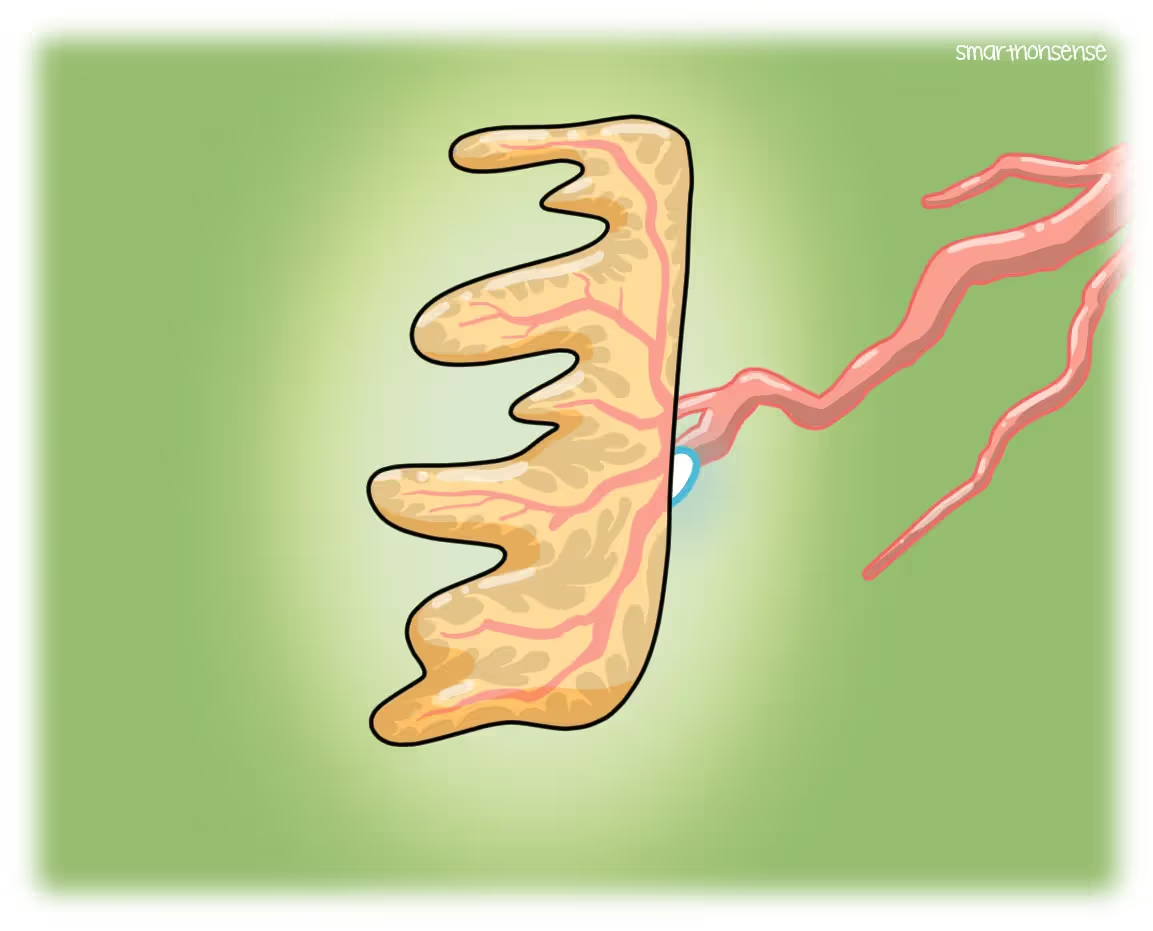How Do Electric Eels Make Electricity? ⚡
Morning Eels!

So, the Electric Eel…

Maybe you’ve seen them before on a nature documentary or something?
A creature that can somehow harness the power of electricity to hunt their prey.


Durd!
You might wanna get out of the water, buddy.

DERD!




But how do they do this?
How do electric eels make electricity?
Well, firstly electric eels aren't even eels at all.
They're actually a type of weird fish that lives here:

Now, quite a few fish have the ability to produce electricity, about 300 species.
But electric eels are the only ones with enough power to kill someone.

So, here's how they do it.
Electric eels are absolutely covered in hundreds of thousands of these little weird shaped cells called electrocytes.
Think of these cells like tiny biological batteries.

Now, when the electric eels’ brain thinks:

It sends a signal through its nervous system.



Which turns these tiny batteries on, creating a teeny tiny electric charge.


And the key to this is that nerve signals from the brain are coordinated to arrive at these little mini battery cells at the exact same time.
Meaning all the tiny charges add up into one MASSIVE electrical field.

These hundreds of thousands of tiny batteries are split into 3 so-called “electric” organs across the eels’ skin.

Two of the organs are used by the Electric Eel to sense their prey, how big they are, and if they are even alive.

But they reserve their strongest electric field… for hunting.

With the ability to generate 2 or 3 powerful 600 volt shocks.

Just like Pikachu!
This makes their prey start to spaz out.


And then… they swallow it alive.

Yeah…this is less like Pikachu.
Stay Cute,
Reece, Henry & Dylan 🌈
P.S if you enjoyed this lesson, forward it to a friend.
If you’re that sexy friend, subscribe here.
Get smart about nonsense🌈
Join 100,000+ subscribers and get our daily comic explaining nerdy stuff like you’re 5.






